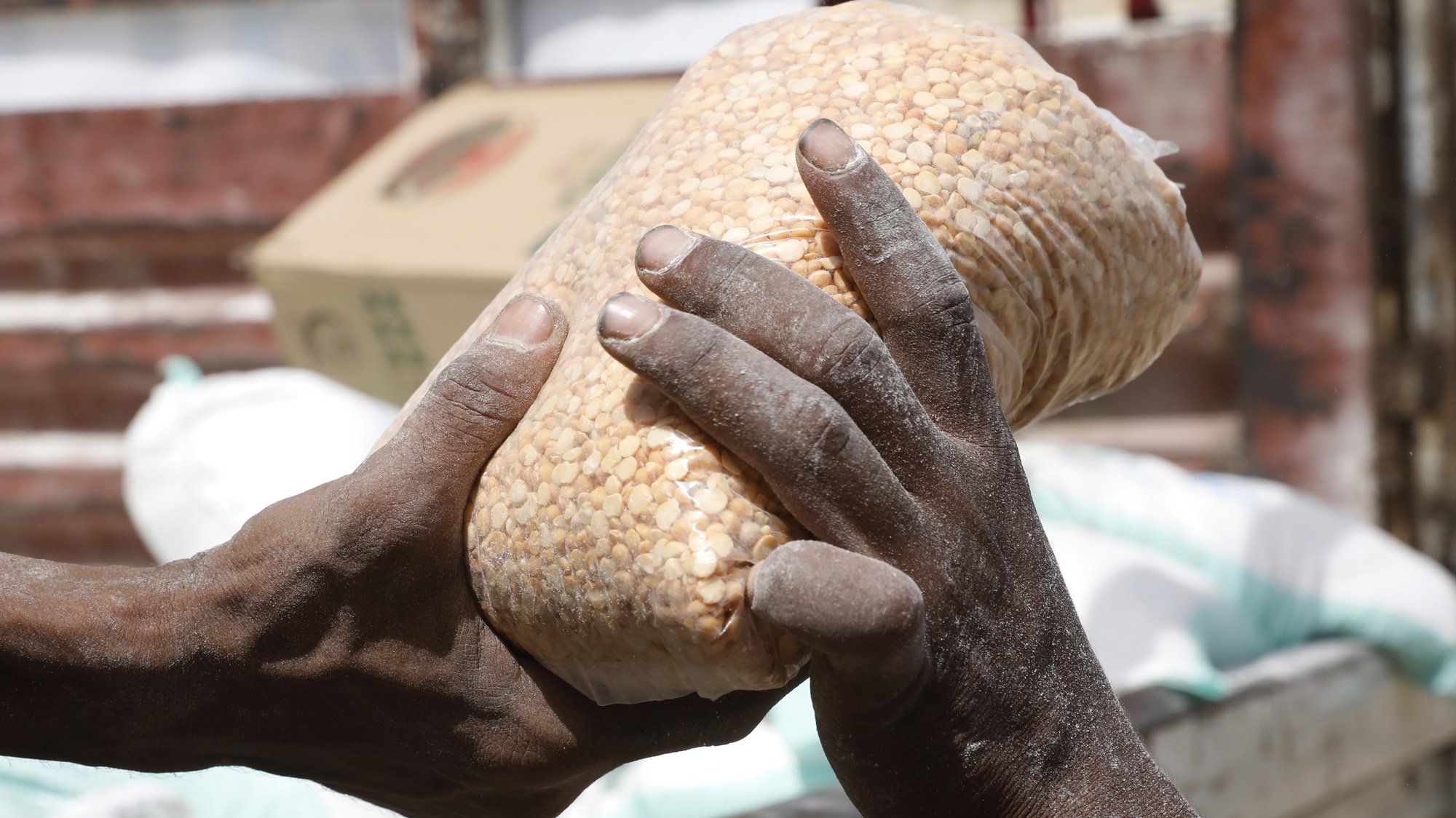The current severe levels of hunger are the “tip of the iceberg”, and food insecurity is expected to affect people who were not at risksays Monika Tothova, an economist at the Food and Agriculture Organization of the United Nations (FAO).
In an interview with Lusa, the agricultural and food policy specialist explained that if the current world food crisis continues, many families will lose purchasing power and will need to eat less nutritious meals or even reduce the number of daily meals.
“Famine levels and emergency levels are the tip of the iceberg and significant deterioration is likely as many citizens have already exhausted whatever resilience they had,” Tothova said.
Even people who are not yet at levels of emergency food insecurity will probably be affected, since their purchasing power will decrease, they will need to consume less nutritious foods or skip meals, withdraw children from school, “among other consequences, he evaluated.
These combined possibilities will impact the health and well-being of these families, including an increase in the prevalence of malnutrition, as well as child loss and stunting, Monika Tothova said.
Among the most affected countries, the economist mentioned Yemen, where around 17.4 million people need food assistance.
“The humanitarian situation in the country is likely to worsen further between June and December 2022, with the number of people likely to be unable to meet their minimum food needs reaching a record 19 million people during that period,” it said.
At the same time, an additional 1.6 million people in Yemen are expected to fall into emergency levels of hunger, bringing the total to 7.3 million people by the end of the year.
Last year, the world recorded another spike in hunger, according to the UN. According to the World Report on Food Crises, in 2021 around 193 million people in 53 countries/territories experienced acute food insecurity, an increase of 40 million people since 2020.
Russia’s war in Ukraine, which began on February 24, has altered the world food balance and raises fears of a crisis that is already affecting the poorest countries in particular.
Together, Ukraine and Russia produce almost a third of the world’s wheat and barley and half of the world’s sunflower oil, while Russia and its ally Belarus are the world’s largest producers of potash, a key ingredient in fertilizers.
In this sense, the war caused an increase in the world prices of cereals and oils, whose values exceeded those reached during the Arab Springs of 2011 and the “hunger riots” of 2008.
“The war in Ukraine took place at a time when the world was recovering from the Covid-19 pandemic. At the same time, food insecurity was increasing around the world, as many people lost their livelihoods,” said Monika Tothova.
In this context, the conflict resulting from the Russian invasion of Ukraine “has raised significant concerns about the potential negative impact on food security, especially for poor countries dependent on food imports and vulnerable population groups,” he added.
The FAO expert also stressed that maintaining humanitarian funding for life-saving assistance, including food assistance, would require more than $70 million (65.2 million euros) per month, citing data from the World Food Program.
Focusing on possible immediate solutions to try to stop the problem, Tothova argued that reducing food loss and waste could improve the food balance, at least partially.
The economist also stressed the need to invest in research, development and production capacity, although he stressed that it is a long-term strategy, which is not capable of solving problems quickly.
Source: Observadora
